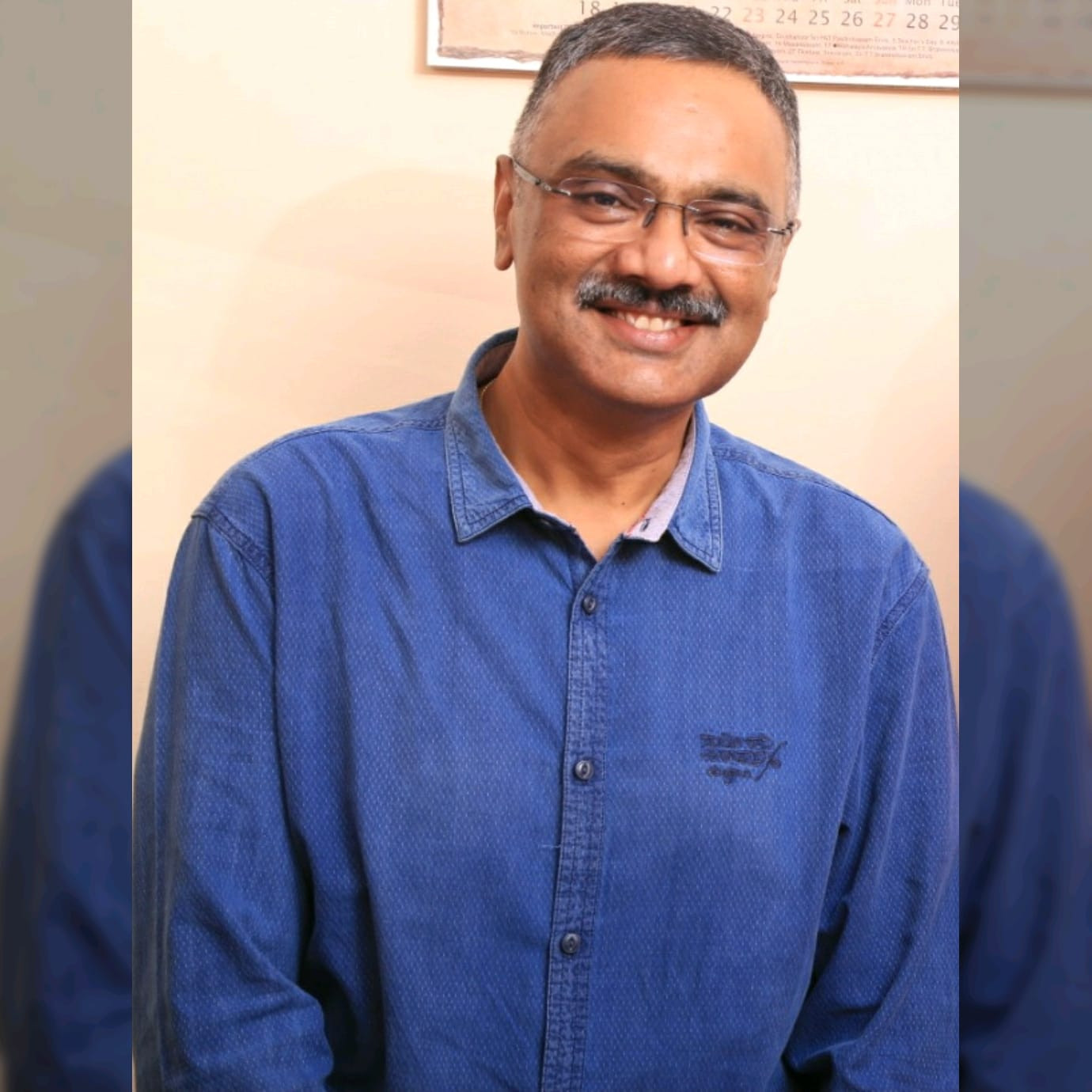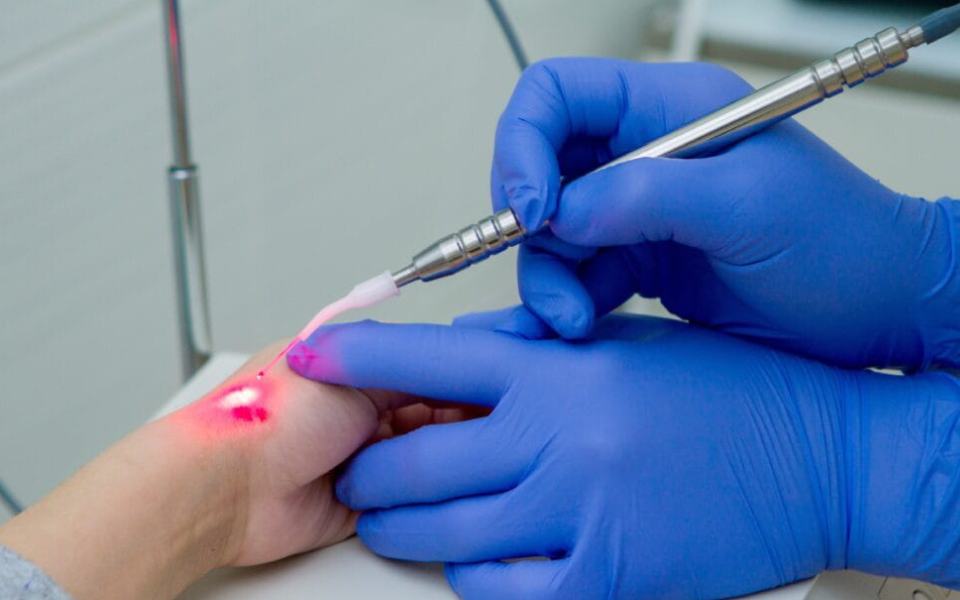Ultrafast laser technology is a significant advancement in the field of medicine, particularly in cancer treatment. Scientists at the "Institut national de la recherche scientifique" (INRS) and McGill University Health Centre in Montreal, Canada, have made a groundbreaking discovery. They have shown that powerful laser pulses can be utilized to accelerate electrons to energy levels similar to those used in radiation therapy.
The term "powerful laser pulses" refers to concentrated bursts of intense light emitted by a laser device. These bursts are highly energized and can be precisely targeted at specific cells or tissues during medical treatments. The high energy of these pulses allows the electrons to move faster and reach the desired levels necessary for medical purposes.
Remarkably, this electron source's strength lies in its simplicity. By employing just one lens in a regular air environment, a concentrated beam of electrons can be generated. Astonishingly, this electron beam is capable of delivering an entire year's worth of radiation dose in less than a second to someone standing just one meter away.
The concept of "one lens in regular air" implies that only a single optical component, like a lens, is used in a normal atmospheric setting without any specialized conditions or additional equipment. The laser pulses, focused through the lens, interact with a target, leading to the emission of electrons. The lens plays a crucial role in shaping and directing these emitted electrons into a focused beam, much like a magnifying glass concentrating sunlight onto a specific point.
Key Features
The key discovery is that a laser beam focused in ambient air can generate a plasma, which in turn can accelerate electrons to megaelectronvolt (MeV) levels. This is a substantial increase from the previously known limit of a few kiloelectronvolts (keV).
"The director of the EMT Centre at INRS, François Légaré, stated that for the first time, they have shown that a laser beam tightly focused in ambient air can accelerate electrons, allowing them to reach energies in the MeV (megaelectronvolt) range. This energy level is comparable to the irradiators used in cancer radiation therapy."
Flash Radiotherapy
High-energy electrons generated using this laser technology could be crucial in a cutting-edge cancer treatment called FLASH radiotherapy. This method aims to treat challenging tumors more efficiently while minimizing harm to nearby healthy tissues.
The researchers have found that the FLASH effect, although not fully understood, appears to involve a quick reduction of oxygen in healthy tissues. This reduction makes these tissues less sensitive to radiation, which can help protect them during cancer treatment.
Safer Practises
The researchers at INRS and MUHC highlight that their discovery is not only important for medical purposes but also emphasizes the need for safer laboratory practices. The laser beams used in this research can produce high levels of radiation that can be harmful to health.
The high energies of the electrons (MeV) observed in this research enable them to travel a significant distance, over three meters in air or several millimeters beneath the skin. This poses a risk of radiation exposure for those using the laser source.
Additionally, when the team measured the radiation near the source, they found that the electron doses were much higher, three to four times greater than those typically used in regular radiation therapy. This discovery emphasizes the need for safer practices in laboratories to protect researchers and staff.
Improved radiation treatments
The study paves the way for more research on the FLASH effect in cancer treatment and the creation of better methods to combat the disease. It demonstrates how scientific research can have practical and life-saving applications.
Although the nature of the FLASH effect is still not fully understood, the electrons produced using this laser technology have similar characteristics to those used in FLASH radiotherapy. This similarity suggests that our method of focusing the laser in regular air could help researchers study and potentially harness the benefits of FLASH effect in cancer treatment.
Once we have better control over the radiation source, additional research can be conducted to understand what exactly causes the FLASH effect. This understanding will then help us develop improved radiation treatments for individuals battling cancer, ultimately offering them more effective and targeted care.

Girish Linganna, Aerospace & Defence Analyst
Let the Truth be known. If you read VB and like VB, please be a VB Supporter and Help us deliver the Truth to one and all.
Tumakuru (PTI): Karnataka Home Minister G Parameshwara on Saturday said his recent remarks on the demolition of properties linked to those involved in narcotics trade were "misunderstood and misinterpreted".
His clarification follows remarks made two days ago on the government's uncompromising crackdown on the drug menace, including action against properties linked to foreign nationals allegedly involved in drug trafficking.
"It is unfortunate. It is taken in the wrong sense. I didn't mean that tomorrow itself I am going to send bulldozers and demolish the houses. That was not my intention. It was wrongly taken," he told reporters here.
Responding to Congress MLC K Abdul Jabbar's question in the legislative council on the growing drug menace in Bengaluru, Davangere and coastal districts, the minister on Thursday detailed the extensive enforcement measures initiated since the Congress government assumed office.
Pointing to the involvement of some foreign nationals, the minister had said, "Many foreign students from African countries have come to Karnataka. They are into the drug business. We catch them and register cases against them, but they want the case to be registered because once the case is registered, we cannot deport them."
"We have gone to the extent of demolishing the rented building where they stay," he had said.





